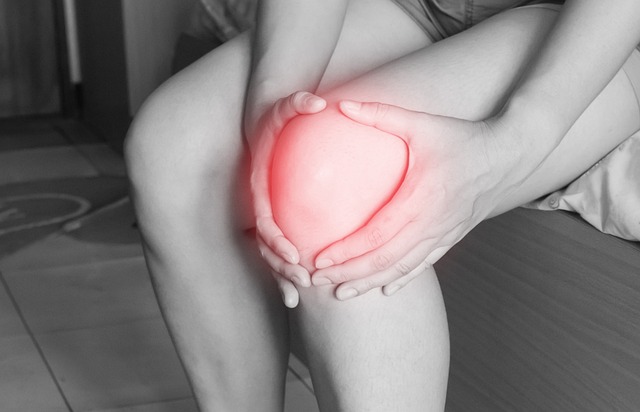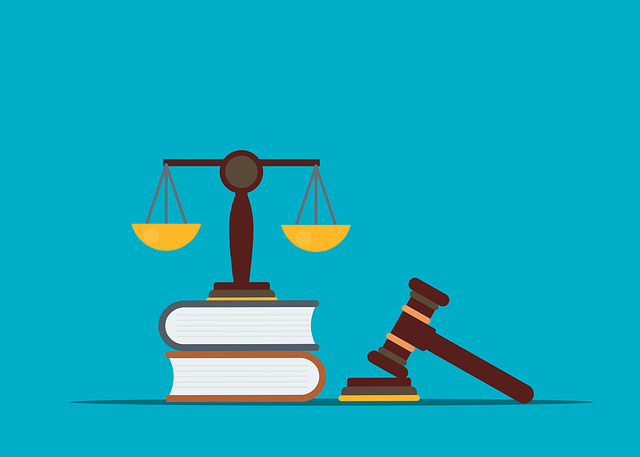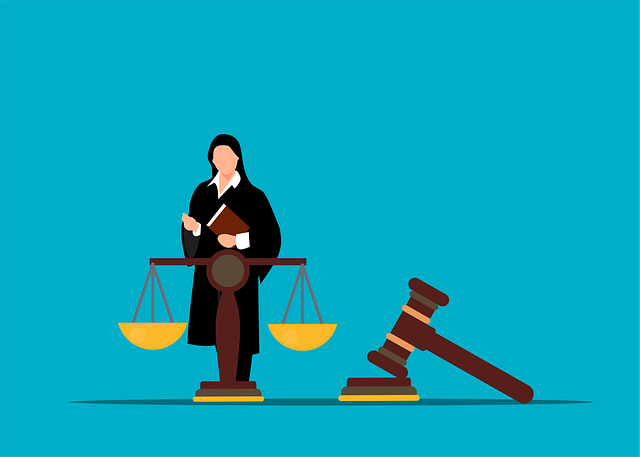Bicycle accidents in urban areas pose significant risks of severe head injuries due to factors like driver negligence, inadequate infrastructure, and poor weather. To prevent such injuries, cyclists should wear protective gear (including helmets) and follow traffic rules. Cities can improve safety by enhancing cycling infrastructure, enforcing traffic laws, and prioritizing active transportation in urban planning. In case of an accident leading to a bicycle accident head injury, consulting a specialized lawyer is crucial for understanding rights and seeking compensation for medical negligence or property damage.
In urban areas, bicycle accidents leading to head injuries pose significant risks. This article delves into the complex interplay between these incidents, focusing on understanding bicycle accidents, identifying risk factors unique to urban environments, and exploring effective prevention strategies. Head injuries from bike crashes can range from mild concussions to severe trauma, emphasizing the need for enhanced safety measures. By examining these aspects, we aim to provide insights that promote rider safety and reduce the burden of bicycle accident-related head injuries in cities worldwide.
- Understanding Bicycle Accidents and Head Injuries
- Risk Factors in Urban Environments
- Prevention Strategies and Safety Measures
Understanding Bicycle Accidents and Head Injuries

Bicycle accidents, especially in urban settings, can lead to a range of injuries, with head injuries being among the most severe and common. These incidents often occur due to various factors such as driver negligence, inadequate infrastructure for cyclists, or poor weather conditions. Understanding these accidents and their potential consequences is crucial. When a cyclist suffers a head injury in an accident, the impact can vary from mild concussions to life-threatening traumatic brain injuries (TBI).
Recognizing the risks associated with urban bicycle accidents is essential for both riders and the general public. Cyclists should wear appropriate protective gear, including helmets designed to mitigate the force of impact during a fall or collision. Additionally, cities and municipalities play a vital role in reducing such incidents by implementing better cycling infrastructure, enforcing traffic laws, and promoting road safety awareness among drivers and cyclists alike. In cases where negligence or poor design contributes to these accidents, consulting an accident attorney may be relevant for pursuing wrongful death claims or property damage claims as appropriate legal recourse.
Risk Factors in Urban Environments

In urban settings, several risk factors contribute to the heightened likelihood of bicycle accidents resulting in head injuries. The bustling nature of city streets, with their heavy traffic volumes and diverse road users, presents a constant challenge for cyclists. Inadequate bike lanes, poorly maintained roads, and erratic driver behavior can create dangerous situations. For example, a cyclist may be caught in the ‘blind spot’ of a large vehicle, or they might encounter a sudden turn without proper signaling, leading to collisions. These risks are further exacerbated by partnership disagreements regarding cycling infrastructure and safety measures, which often result in inconsistent enforcement of traffic rules.
Additionally, urban environments frequently feature complex intersections and narrow streets, making it difficult for cyclists to maintain visibility and control. The risk of head injuries is also heightened during low-light conditions or adverse weather, scenarios that are not uncommon in bustling city centers. Given these challenges, it’s crucial for both cyclists and drivers to remain vigilant and adhere to safety protocols. Considering the potential consequences, such as severe head trauma, a truck accident attorney might emphasize the importance of proactive safety measures in urban bicycle accidents.
Prevention Strategies and Safety Measures

Preventing head trauma and associated bicycle accident head injuries is paramount for riders navigating urban environments. Wearable protection like helmets, designed to absorb impact and reduce the risk of serious head injuries, should be mandatory and consistently worn. Additionally, understanding and adhering to traffic rules ensures cyclists are predictable to drivers, reducing the likelihood of accidents.
Beyond individual responsibility, communities can play a crucial role in enhancing safety. Well-maintained bike lanes, clearly marked road signs, and improved street lighting contribute to a safer cycling environment. Encouraging urban planning that prioritizes active transportation also reduces congestion and makes cities more livable for all residents, including cyclists. In the event of an accident, knowing your rights as a cyclist and consulting with a personal injury lawyer specializing in bicycle accidents can be crucial steps in navigating potential medical negligence and securing compensation for injuries sustained.
Bicycle accidents can have severe consequences, especially when it comes to head injuries. Understanding the unique risks in urban environments is crucial for both riders and city planners. By identifying risk factors and implementing proven prevention strategies, we can significantly reduce the occurrence and impact of bicycle accidents. Staying safe on the roads requires a collective effort to enhance infrastructure, promote awareness, and ensure riders are equipped with knowledge and protective gear, ultimately fostering a safer urban environment for all.






